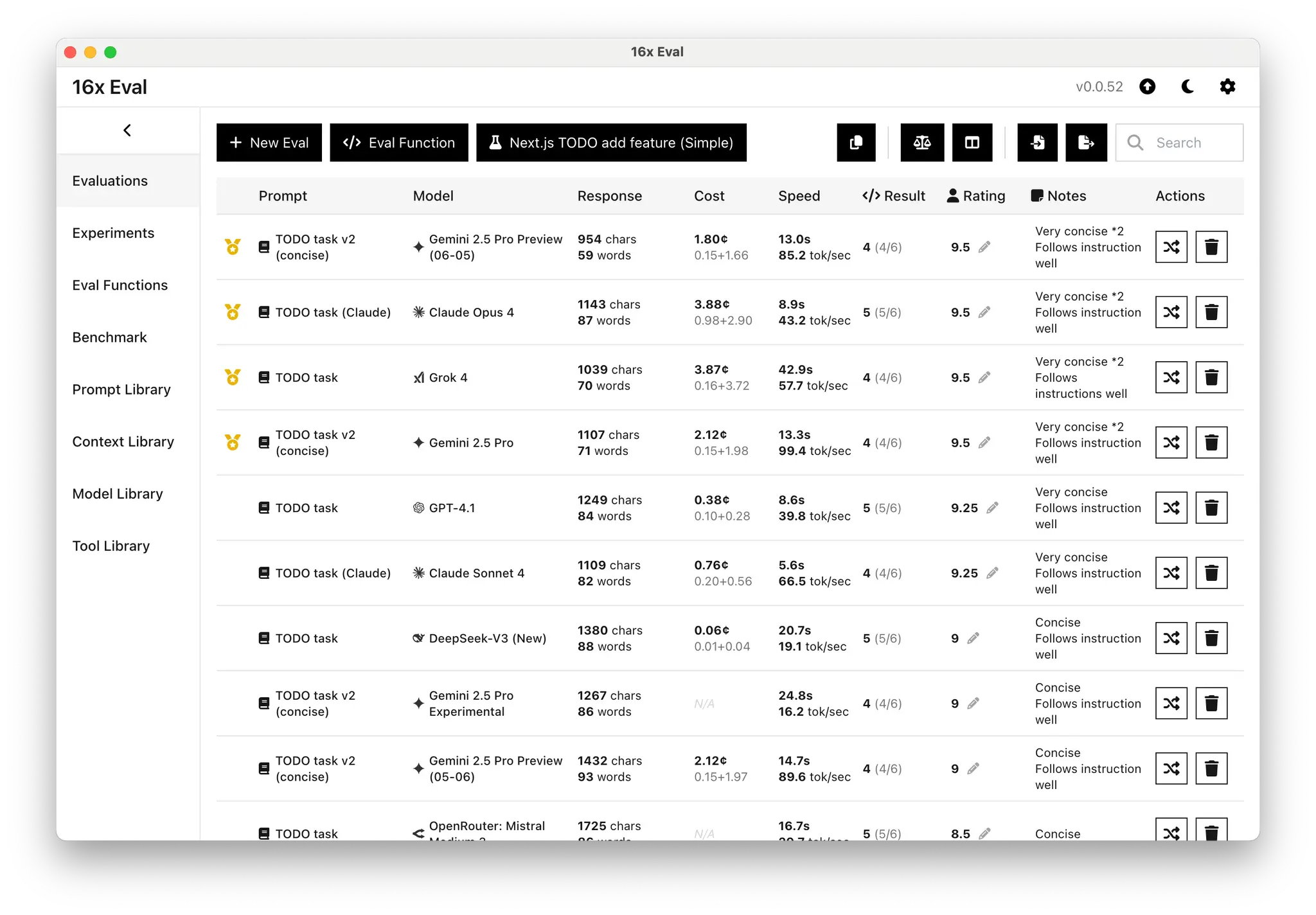Z.ai introduced GLM-4.5 a while ago, a new model series focused on reasoning, coding, and agentic abilities. This model is getting a lot of attention lately due to the newly announced GLM Coding Plan, which starts at only $3 a month.
We tested GLM-4.5's coding performance across a set of our standard evaluation tasks with the default "thinking" mode. Our results show a mixed bag of strong successes and notable failures.
TLDR
- Overall Performance: GLM-4.5 trails top proprietary models, but is competitive with other open source models.
- Best & Worst Performance: It performs well on standard coding problems but struggles with framework specific knowledge, failing the Tailwind CSS task.
- Thinking Trade Off: The "thinking" mode can be powerful but results in slow responses and high token usage. Disable thinking for simple tasks, or set a thinking budget to limit the thinking process.
- Pricing: Very affordable with GLM Coding Plan that starts at only $3 per month, making it a budget friendly option despite its performance quirks.
Overall Performance Comparison
In our tests, GLM-4.5 achieved an average coding rating of 7.0. This places it at the lower end when compared to top proprietary models like Claude Opus 4 and GPT-5 (High). It also trails behind other proprietary models such as Grok 4 and Gemini 2.5 Pro.
Average Rating for Coding Tasks: GLM-4.5 vs Top Models
When compared to other open-weight models, GLM-4.5 is more competitive. It trails behind top models like gpt-oss-120b and Qwen3 Coder, but is comparable to DeepSeek V3 (New) and Kimi K2.
Average Rating for Coding Tasks: GLM-4.5 vs Other Open-Weight Models
Individual Task Performance
GLM-4.5 showed impressive result on the folder watcher fix task, achieving a top score of 9.5 out of 10, ahead of models like Claude Sonnet 4 and GPT-5 (High).
Folder watcher fix (Normal) Performance Comparison
The model successfully solved the core problem in a concise manner, showing excellent instruction-following capabilities. It also provided extra logic that improved the solution's robustness. This performance shows that GLM-4.5 can excel at standard coding tasks where the context is clear and the required logic is straightforward.
Despite its success in some areas, GLM-4.5 struggled significantly with the Tailwind CSS z-index task, scoring only 1 out of 10. This task requires identifying an invalid class name specific to Tailwind CSS v3.
Tailwind CSS v3 z-index Performance Comparison
GLM-4.5 failed to identify the root cause of the bug in its attempts. In contrast, most other leading models correctly diagnosed and fixed the issue. This failure suggests a potential knowledge gap related to specific frontend frameworks or versions.
The model also had difficulty with the uncommon TypeScript narrowing task, earning a rating of 6 out of 10. This task tests a model's ability to handle complex and less common programming patterns.
TypeScript narrowing (Uncommon) Performance Comparison
GLM-4.5 proposed a solution using the in keyword, which is a common but often less precise method for type narrowing in this scenario. While many models find this task difficult, top performers like Claude Opus 4 and GPT-5 (High) provided more robust solutions, scoring 8.5. This indicates that GLM-4.5 may not be as effective at dealing with nuanced or advanced programming logic.
Here's a summary of the performance of GLM-4.5 on the 7 coding tasks compared to other models.
The "Thinking" Process Trade-Off
GLM-4.5 uses a hybrid reasoning approach, including a 'thinking' mode that generates a chain of reasoning before producing the final output. While this can help with complex problems, it comes at a significant cost in terms of time and tokens.
For instance, on the medium-difficulty clean markdown task, the model generated 18,392 reasoning tokens and took over five minutes to complete, making it the slowest model for this task in terms of duration, even slower than GPT-5 with high reasoning effort.
We also observed that the amount of reasoning can vary largely between runs for the same prompt, making its performance unpredictable.
This trade-off makes GLM-4.5 with thinking less suitable for interactive workflows that require quick responses. The long processing time and high token usage can also increase costs, especially for tasks that do not require deep reasoning.
To manage the thinking process, you can disable thinking for simple tasks, or set a "thinking budget" to limit the maximum number of reasoning tokens.
This evaluation was conducted using 16x Eval, a desktop application that helps you test and compare AI models.

16x Eval makes it easy to run standardized evaluations across multiple models and providers, analyze response quality, and understand each model's strengths and weaknesses for your specific use cases.
16x Model Evaluation Methodology
All ratings in this evaluation are human ratings based on a set of criteria, including but not limited to correctness, completeness, code quality, creativity, and adherence to instructions.
We use default parameters from the provider's API for each model, unless explicitly stated otherwise. This includes temperature, verbosity, reasoning effort, and other parameters.
Prompt variations are used on a best-effort basis to perform style control across models.